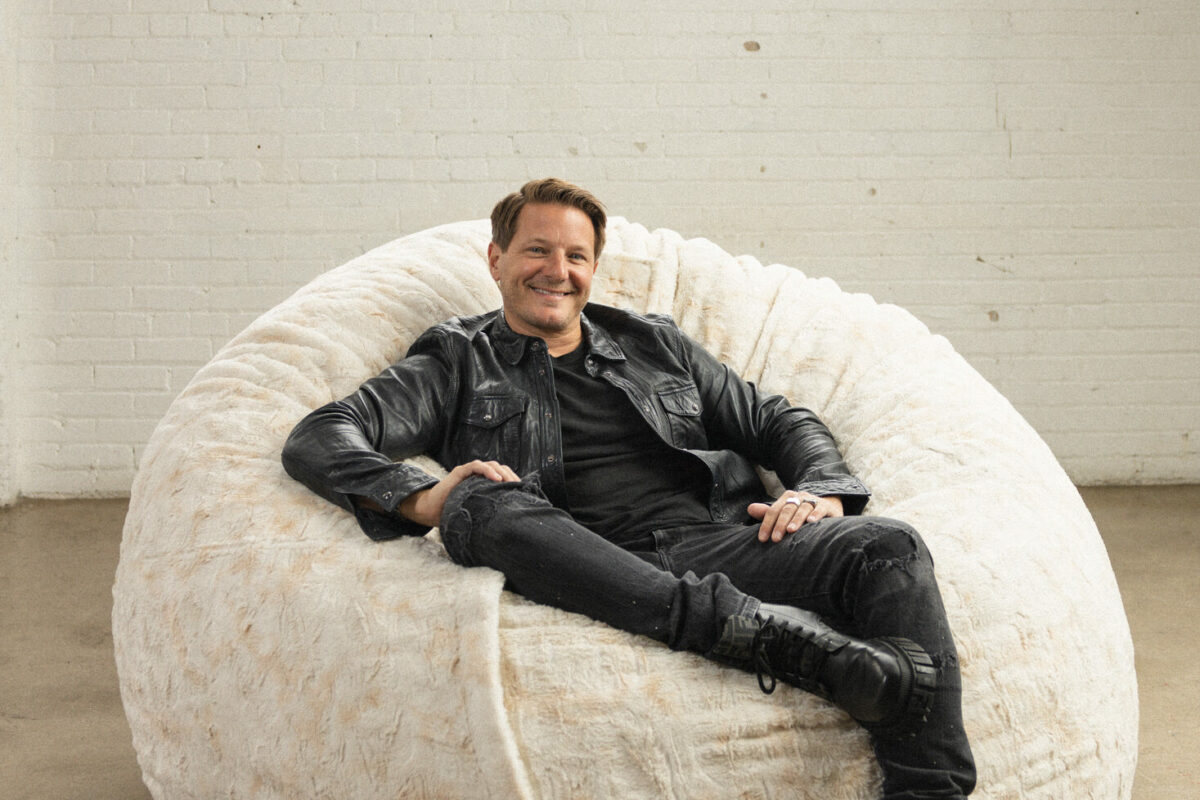In this article in Business Week, Howard Schultz talks about how the mighty Starbucks brand lost its way – mistaking aroma rather than coffee for the core of its business and embarking on a strategy that saw it shift seriously off-course.
The problem, as Schultz explains, is that by the time the company realized that they had diluted their brand position, breakfast sandwiches had become 3 percent of the company’s total revenue. Getting back on track was a big call. He did it anyway.
We talk a lot these days about thought leadership – but really, I see that as a component of a bigger objective: market authority. You may or may not want to be the biggest in a sector, but the article says there are three actions that you need to take if you have lost your mojo and, like Starbucks, are looking to re-establish brand authority.
I actually picked up five:
The first decision is obvious – decide what you want to be the authority in as a brand, and keep the faith. Schultz recognized that while CDs, movies, and breakfast sandwiches all represented revenue streams, they also cluttered stores, diluted the brand and eroded its authority.
The second decision is about doing everything you can to retain and foster that authority. In Starbucks’ case, that meant perfecting new roasts and shutting down every store in North America for an afternoon to retrain its baristas.
Thirdly, stop doing those things that don’t reinforce your authority, even if they were your ideas in the first place.
Fourthly, stay away from the middle ground – because while that common congregating place might be the most comforting, especially in softer market environments, it is also the place you are most likely to suffocate any authority you had in the marketplace. It is the place where you are least likely to cultivate distinction.
Finally, to be the authority, share responsibility for being the authority with the whole workforce: “… make it clear to employees everywhere … that each tiny decision they make is just one more opportunity to passionately and obsessively move the company in the right direction, not the common direction.” Get there one action and one person at a time.
The Blake Project Can Help: The Brand Positioning Workshop and The Strategic Brand Storytelling Workshop
Branding Strategy Insider is a service of The Blake Project: A strategic brand consultancy specializing in Brand Research, Brand Strategy, Brand Licensing and Brand Education





2 comments
Serge
January 28, 2014 at 1:50 pm
Establishing the authority is a hard way. I guess, the second decision you mentioned concerning doing everything you can to keep your authority, is the most vital tip. But the question is rising, what is harder to implement – establish or re-establish (meaning to recover after fail) the authority?
Hilton Barbour
January 31, 2014 at 4:12 am
Mark – great article. Your list is bang-on and I particularly like the notion of not taking the middle path. I tend to describe it as follows “middle of the road leads to roadkill”
The conundrum faced by brand leaders is when authority no longer equates to growth or profit. Mature markets, and diminishing returns, often ‘force” leaders to try tactical and incremental additions – like CD’s and breakfast sandwiches in your article above – to reignite revenue.
Perhaps adding #6 – Determine an authority that has the elasticity to give you long term growth. In this case, I’d suggest Amazon. Their authority in logistics and customer recommendations as allowed them to expand into a myriad of categories beyond books…and now into devices like Kindle. Recent reports suggest they’re moving into mobile wallet because they have 230 million credit cards (and a lifetime of shopping data too) on record.
Comments are closed.